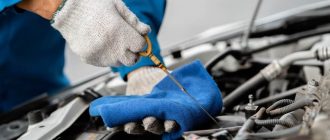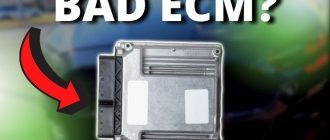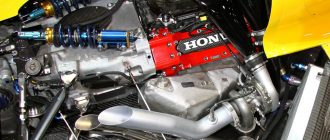Car Engine Parts Names
Engine Block

The engine block is the main housing for the engine and contains the cylinders, pistons, crankshaft, and other components.
Cylinder Head

The cylinder head sits atop the engine block and contains the combustion chambers, valves, and spark plugs.
Pistons

The pistons move up and down inside the cylinders to compress the air-fuel mixture and create power.
Crankshaft

The crankshaft is connected to the pistons and converts the reciprocating motion of the pistons into rotary motion.
Camshaft

The camshaft opens and closes the valves in the cylinder head to control the flow of air and fuel into and out of the cylinders.
Valve Train

The valve train includes the valves, camshaft, and valve lifters, and is responsible for opening and closing the valves.
Intake Manifold

The intake manifold supplies the air-fuel mixture to the cylinders.
Exhaust Manifold

The exhaust manifold collects the exhaust gases from the cylinders and sends them to the exhaust system.
Turbocharger

A turbocharger is an exhaust-driven device that increases the airflow into the cylinders, resulting in more power.
Supercharger

A supercharger is a belt-driven device that increases the airflow into the cylinders, resulting in more power.
Oil Pump

The oil pump circulates oil throughout the engine to lubricate and cool the moving parts.
Water Pump

The water pump circulates coolant throughout the engine to keep it cool.
Alternator

The alternator generates electricity to power the vehicle’s electrical systems.
Starter

The starter motor cranks the engine to start it.
Flywheel

The flywheel is a heavy metal disc that helps to smooth out the engine’s operation and reduce vibrations.
Transmission

The transmission transfers power from the engine to the wheels.
Driveshaft

The driveshaft connects the transmission to the rear axle (in rear-wheel-drive vehicles).
Rear Axle

The rear axle houses the differential and axles, which distribute power to the rear wheels.
Front Axle

The front axle houses the differential and axles, which distribute power to the front wheels (in front-wheel-drive vehicles).
Suspension

The suspension system supports the vehicle’s weight and helps to smooth out the ride over bumps and uneven surfaces.
Steering System

The steering system allows the driver to control the direction of the vehicle.
Braking System

The braking system slows down and stops the vehicle.
Electrical System

The electrical system provides power to the vehicle’s electrical components, such as the lights, radio, and air conditioner.




